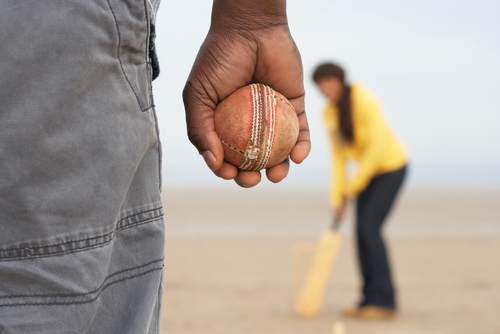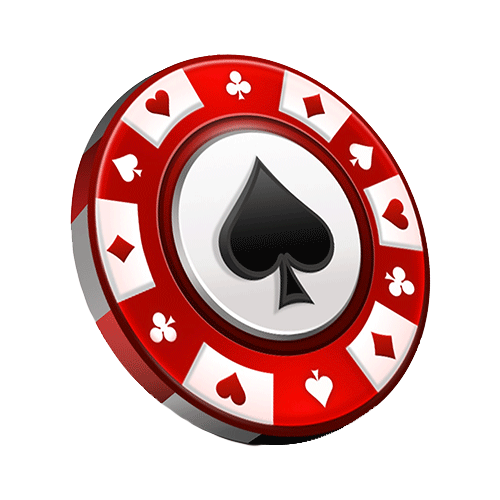 Gambling
Gambling
Types of pace bowling in Cricket
Bowling in cricket is an action which a bowler is going to deliver towards the wicket defended or bowler delivering the ball towards the batsman, this is known as Bowling. Bowling is an important aspect of cricket, there are two types of bowling i.e. Pace bowling & Spin bowling.
PACE BOWLING
Pace bowling is not just about running in hard and throwing the ball down the wicket. It’s an intricate, thrilling art that relies on variations, skill, and accuracy. After getting past the fundamentals like developing bowling muscles, consistent and simple run-up with a good follow-through, a young fast bowler has to learn the skills of various types of wicket-taking balls. The outswinger, inswinger, the cutters, the Yorker, the bouncer, the reverse-swinger, the slower-ball, the reverse-swinging yorker and nowadays even the slower-bouncer are the varieties of pace bowling deliveries. Skilled fast bowlers who have played for long periods at the international level, know when and how to use the variations. Following basic types of bowling techniques are described below with a bit of illustration.
SWINGERS
The conventional swingers are tried when the red cherry or the white ball is still new. There are two types of swinging deliveries i.e. In-Swingers & Out-Swingers.
- For an out swinging delivery to be bowled, hold the shiny side of the ball towards the batsman. Point the seam towards second-slip or else keep the seam straight and shape your wrist towards the slips.
- Try to open your chest in your run-up and in your follow through to make sure your right arm ends outside your left knee.
- Keep in mind that what really provides good-swing is a straight seam and a great wrist position, so at the time of release use your fingers and wrist for the final thrust that adds the requisite back-spin to the ball. The final point of contact with the ball: your middle finger
- For an in-swinging delivery to be bowled, hold the rough side towards the batsman. Point the seam towards the fine leg or else keep the seam straight and shape your wrist towards the leg slip.
- Your run-up should be less open-chested and in the follow through your right arm should go past the stumps.
- Again try to land the ball on the seam and cock your wrists nicely towards the direction of swing to provide the thrust behind the ball.
- The final point of contact for the outswinger should be your index finger.
CUTTERS
The difference between the swing ball and the cutter is that the cutter is bowled when the ball gets slightly older as you should be able to roll your fingers over the rough side of the ball.
- For an Off-cutter, you hold the ball like a normal inswing ball with the shine away from the batsman and just roll your fingers over the rough side of the ball at the point of release.
- The second way to bowl an off-cutter is to Bowlby splitting your fingers. The ball is held like a normal outswinger with the index and the middle finger being spread across the seam and the thumb opposite the middle finger.
- At the time of delivery, the middle finger is pulled down towards the wrist in a clockwise rotation and the thumb is tightened slightly. This kind of ball is hard to master and very difficult to bowl without a prominent seam.
- For bowling a leg-cutter, you hold the ball like a conventional out-swinger with the shine towards the batsman. At the point of delivery, you roll your fingers over the other side which is the rough side of the ball.
- Again, it’s difficult to master the line and length. Ideally, it should be directed around middle and off-stump enticing the batsman for a drive. Bowling Leg-cutters is one of the most antique arts of fast bowling.
REVERSE SWING
Reverse swing as the name suggests is because the ball swings in a direction opposite to conventional swing. So, for instance, if you hold the ball for an outswinger it will swing back into the batsman and vice-versa. Reverse-swing works once the ball has got 20-30 overs old.
There’s a lot of myth around the science of reverse-swing bowling but in reality, it’s a simple principle. When the ball gets older as the match progresses, the movement follows the shiny side of the ball.
To get the ball to reverse, greater the contrast between the rough side and the shiny side of the ball the better it is. So the shine has to be maintained with utmost care.
Keep reading GutshotMagazine.com for more ‘Cricket Gyaan’ articles.

Top 15 Poker Rooms
-
WPT Global
Grab your welcome offer
Offer: 100% of your deposit back up to $3,000 Register -
PokerDangal
Sign up with code GUTSHOT1
Offer: Get 100% GST discount on deposits Register -
Natural8 India
Sign-up with Gutshot
Offer: Get extra 28% on all deposits Register -
Spartan Poker
Sign-up with referral code AFFGSMAG
Offer: FTD 50% Bonus Money up to ₹20K. Deposit code ‘ALLIN50’ Register -
Junglee Poker
Sign-up and get bonus
Offer: Up to ₹50,000* Register -
Calling Station
Sign-up with promo code 'AFFCSGUT'
Offer: 30% FTD bonus with code FTD30 Register -
WinZo Poker
Daily Winnings Up To ₹40 Crore!
Offer: Get ₹550 Joining Bonus For Free Register -
Stake Poker
Welcome bonus
Offer: 200% up to ₹120,000 Register
Newsletter
Thank you for subscribing to our newsletter.
This will close in 20 seconds





















